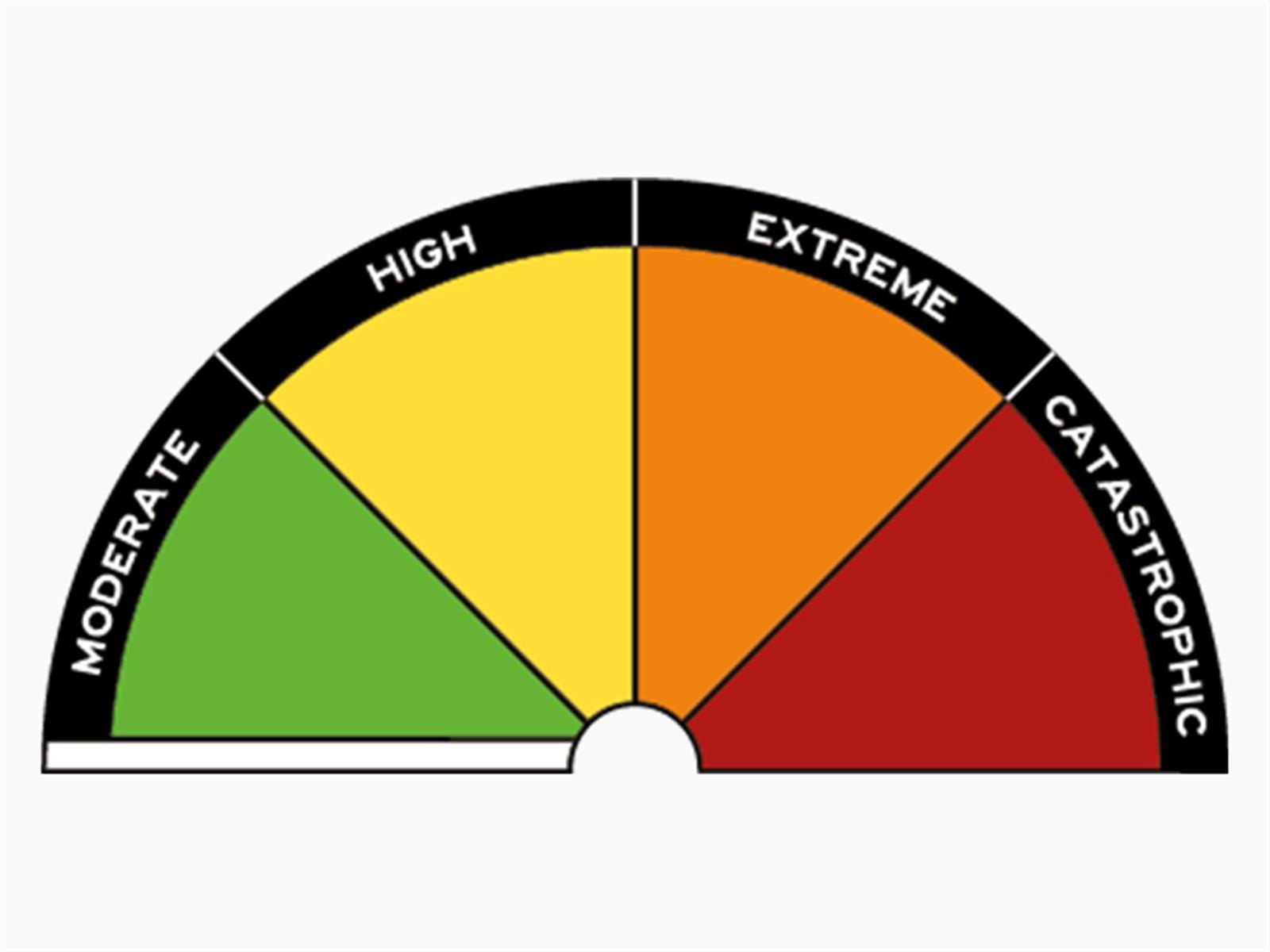Leaving early is the safest option to protect yourself and your family. Leaving early means leaving the area before a fire starts – not when you can see flames or smell smoke.
Leaving early means avoiding panic, being trapped, making the wrong choices and risking serious injury or death. Talk to your family and friends about how you'll know when to leave and where to go to stay safe.

Plan to leave early
Know your trigger to leave
- The Fire Danger Rating is your trigger to act. The higher the rating, the more dangerous the situation if a fire starts.
- On a Catastrophic day, leaving high risk bushfire areas the night before or early in the morning is the safest option.
- Don't rely on an official warning to leave. Bushfires can start quickly and threaten lives and homes within minutes.
- What to do for each Fire Danger Rating
Check today's Fire Danger Rating
Organise where to go
- Family or friends in a low fire risk area
- A place or relative safety, such as a shopping complex or central business district of a large regional or urban centre
- Other community buildings, such as libraries in low-risk areas.
Don't forget to call family, friends and neighbours to let them know where you have relocated. List all the phone numbers you need in your mobile phone. Keep a back-up list written down in case you don't have your phone with you on the day.
Pack a relocation kit as part of your preparations.
Plan your route
- Make preparations and it will be easier to leave early.
- You will need to know what route to take and have an alternative if that route is blocked or congested.
- Your normal route may take much longer than expected.
- If you do not have your own car you will need to think about options, such as public transport or a neighbour.
- Practise packing the car so it is quick and everything fits – including your pets! It will take a lot longer than you think.
- Make sure you have enough petrol or fuel so you don’t need to stop to fill up.
What to do before you leave
- Close all doors and windows
- Move doormats and outdoor furniture away from the house
- Block the downpipes and partially fill the gutters with water
- Move stock or large animals to large paddocks with short grass
- Turn off gas supply. See Energy Safe Victoria for gas safety tips
- Leave the front gate open
These actions may minimise damage to your home from bushfire.
Know when it's safe to return home
Check with police, fire authorities and your local emergency services before trying to go home.
Even if the fire has been controlled, there may be other safety issues that you are unaware of that may affect your ability to return home. These include:
- fallen trees
- disruptions to essential services
- potential crime scenes
Have a backup plan if you can't leave
Fires are unpredictable and plans can fail. Having a back up plan can save your life if you are caught in a fire.
If you cannot leave the area, consider shelter options close by. These may include:
- a well-prepared home (yours or a neighbour) that you can actively defend
- a private bunker (that meets current regulations)
- a designated community shelter or refuge
See What to do during a bushfire
Also make sure your plan is flexible to account for different situations such as:
- weekends
- school holidays
- a work day
- when you are away from home
Help people who need extra support
Do you know family or friends who may need help leaving early on Catastrophic or Extreme fire danger days?
Red Cross and CFA have developed a Bushfire Survival Plan Template (PDF 575.1KB) to assist people who may need additional support to prepare to leave their homes early on fire risk days.
If you work in the Health, or Community and Social Services sector with clients or patients in their homes, we have some online training to help
Page last updated: Monday, 29 August 2022 3:13:37 PM